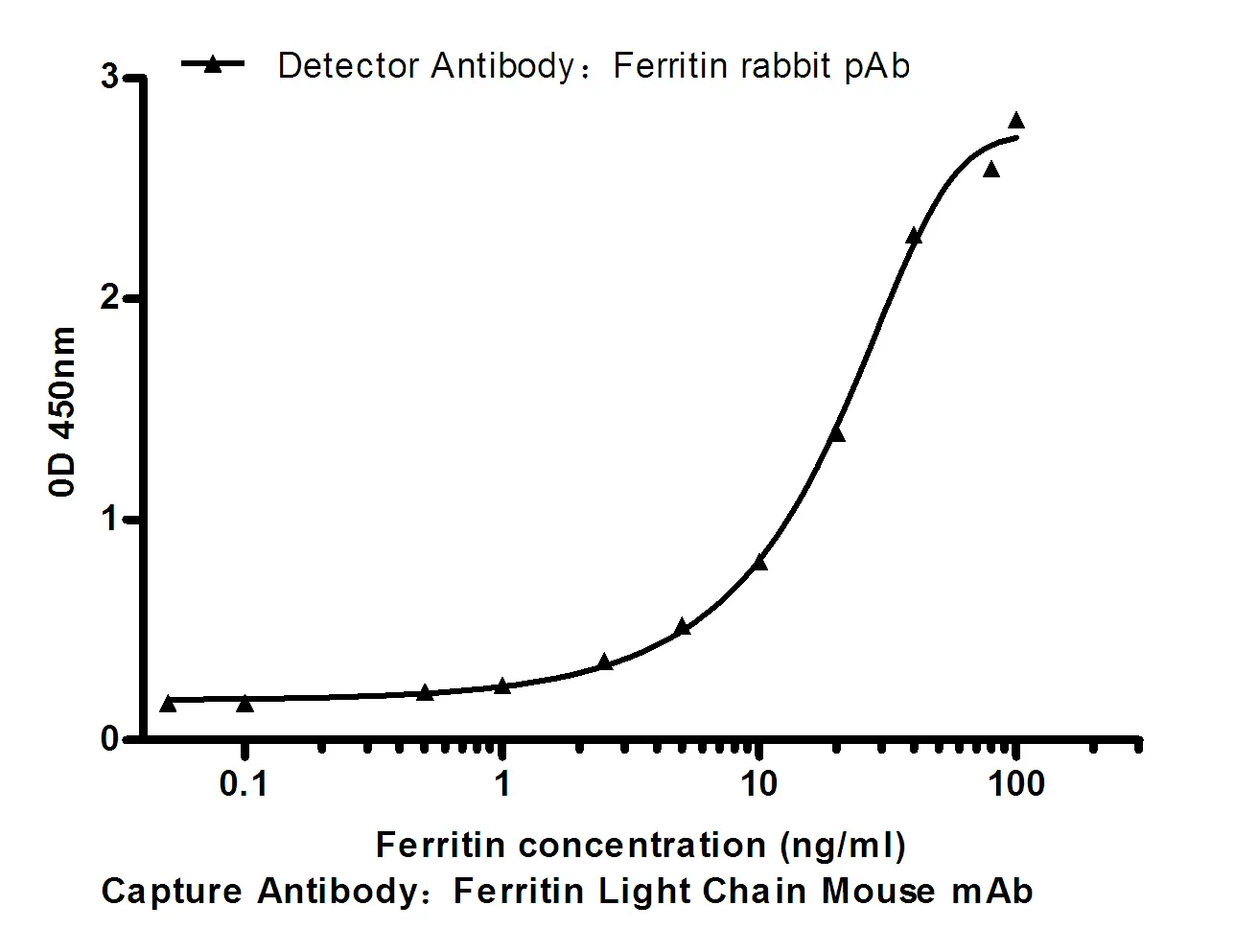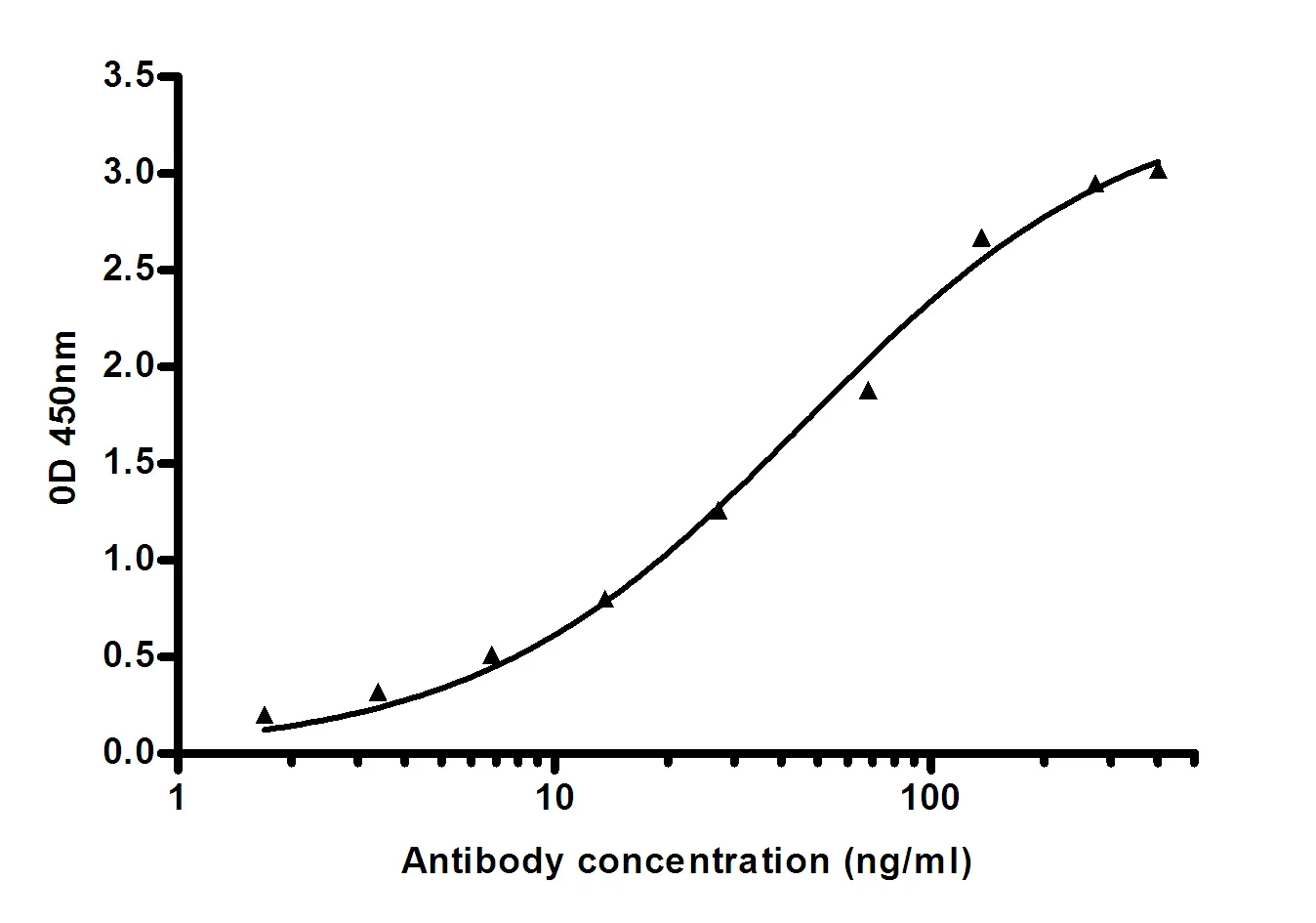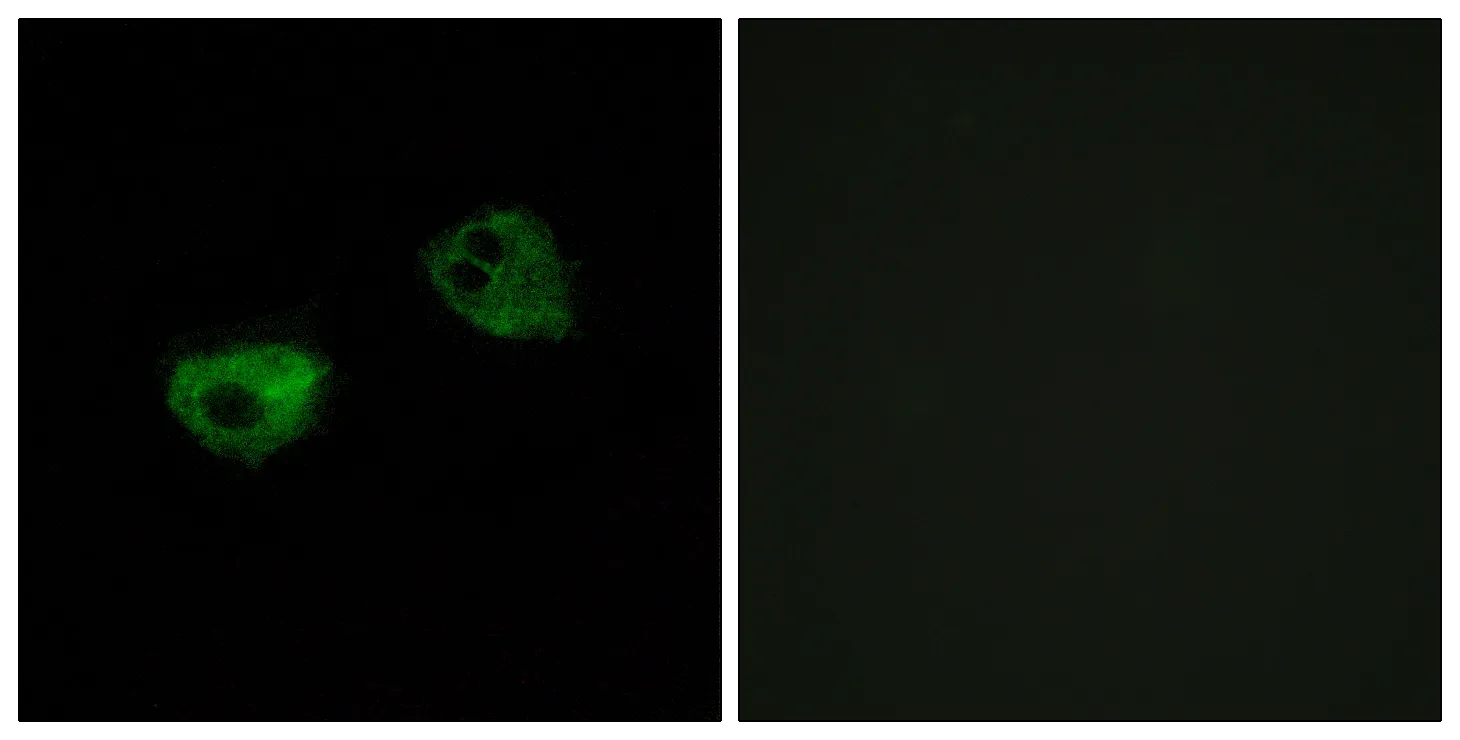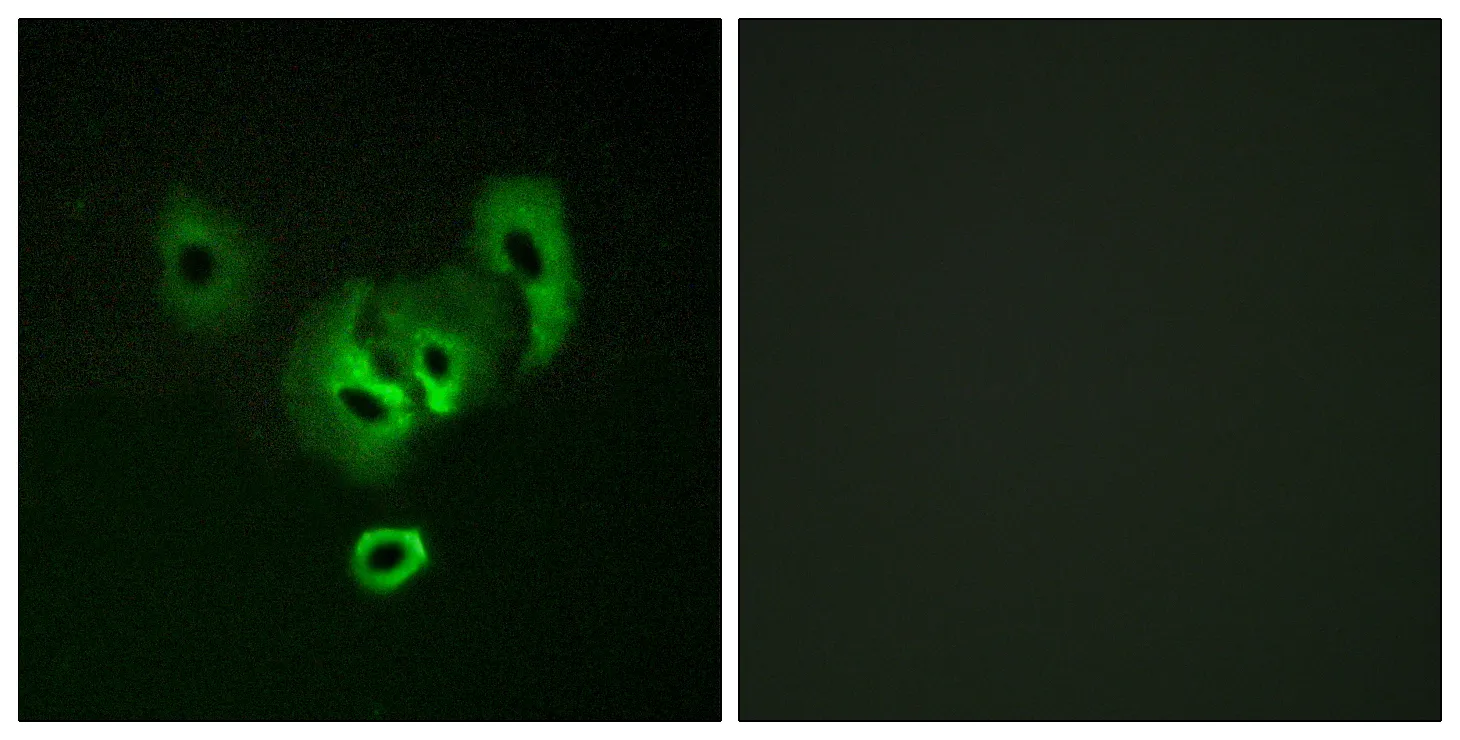Summary
Performance
Immunogen
Application
Background
adenosine deaminase, RNA specific(ADAR) Homo sapiens This gene encodes the enzyme responsible for RNA editing by site-specific deamination of adenosines. This enzyme destabilizes double-stranded RNA through conversion of adenosine to inosine. Mutations in this gene have been associated with dyschromatosis symmetrica hereditaria. Alternative splicing results in multiple transcript variants. [provided by RefSeq, Jul 2010],caution:The N-terminus of isoform 4 has been derived from EST and genomic sequences.,disease:Defects in ADAR are a cause of dyschromatosis symmetrical hereditaria (DSH) [MIM:127400]; also known as reticulate acropigmentation of Dohi. DSH is a pigmentary genodermatosis of autosomal dominant inheritance characterized by a mixture of hyperpigmented and hypopigmented macules distributed on the dorsal parts of the hands and feet.,function:Converts multiple adenosines to inosines and creates I/U mismatched base pairs in double-helical RNA substrates without apparent sequence specificity. Has been found to modify more frequently adenosines in AU-rich regions, probably due to the relative ease of melting A/U base pairs as compared to G/C pairs. Functions to modify viral RNA genomes and may be responsible for hypermutation of certain negative-stranded viruses. Edits the messenger RNAs for glutamate receptor (GLUR) subunits by site-selective adenosine deamination. Produces low-level editing at the GLUR-B Q/R site, but edits efficiently at the R/G site and HOTSPOT1. Binds to short interfering RNAs (siRNA) without editing them and suppresses siRNA-mediated RNA interference. Binds to ILF3/NF90 and up-regulates ILF3-mediated gene expression.,induction:Isoform 1 is induced by interferon alpha. Isoform 5 is constitutively expressed.,PTM:Sumoylation reduces RNA-editing activity.,similarity:Contains 1 A to I editase domain.,similarity:Contains 2 DRADA repeats.,similarity:Contains 3 DRBM (double-stranded RNA-binding) domains.,subcellular location:Isoform 1 is found predominantly in cytoplasm but appears to shuttle between the cytoplasm and nucleus. Isoform 5 is found exclusively in the nucleolus.,subunit:Homodimer. Isoform 1 interacts with ILF2/NF45 and ILF3/NF90.,tissue specificity:Ubiquitously expressed, highest levels were found in brain and lung.,






